Lewotobi #Volcano #Eruption Update; Multiple Major Eruptions, 6,600 Ft High Lava Fountains
https://youtu.be/AhD--Egikt0?feature=shared
One person like that
3 Comments
Lewotobi #Volcano #Eruption Update; Multiple Major Eruptions, 6,600 Ft High Lava Fountains
https://youtu.be/AhD--Egikt0?feature=shared
Planetenforschung: Die Auswertung von Infrarotaufnahmen der Jupitersonde Juno liefert neue Einsichten in das vulkanische Geschehen auf Io#Io #Jupitermond #Juno #Raumsonde #Planetenforschung #Sonnensystem #Raumfahrt #Vulkanismus #Caldera #Calderen #Eruption #Lava #Magma #Astronomie
Ios Vulkanen in den Schlund geblickt
Dramatic
https://old.bitchute.com/video/uNRu6iQcZBYe/
Outrunning the Pyroclastic Flow of a Volcanic #Eruption In #Guatemala
(May 11, 8am US EST).
- A seventh #X-class 5.8 #solar #eruption has occurred with 4 in the sequence remaining to impact #Earth.
- The probability of a kill shot still remains exceptionally low.
- Expect "significant" network and system issues over the next few days.
Source: https://youtube.com/watch?v=pA4PK8NTImA
Die Erde um das isländische Grindavík findet keine Ruhe. Neben Katastrophenschützern beschäftigt der Ausbruch auch die Wissenschaft: Sie notierte rekordverdächtige Magmaströme.#Reykjanes #Sundhnukar #Island #Vulkan #Eruption #Magma #Lava #Geotektonik #Vulkanismus #ErdeUmwelt
Rekordverdächtige Magmaflut auf Island
In Island planen Wissenschaftler, zu einem Reservoir mit flüssigem Gestein vorzudringen. So wollen sie erstmals Magma direkt erforschen - und geothermische Energie erschließen.#Island #Krafla #Vulkan #Magma #Magmakammer #Eruption #PhlegräischeFelder #Vulkanausbruch #Geothermie #Energie #Strom #Energiewende #ErdeUmwelt
Magmakammer unter Island: Mit einer Bohrmaschine zum Mittelpunkt der Erde
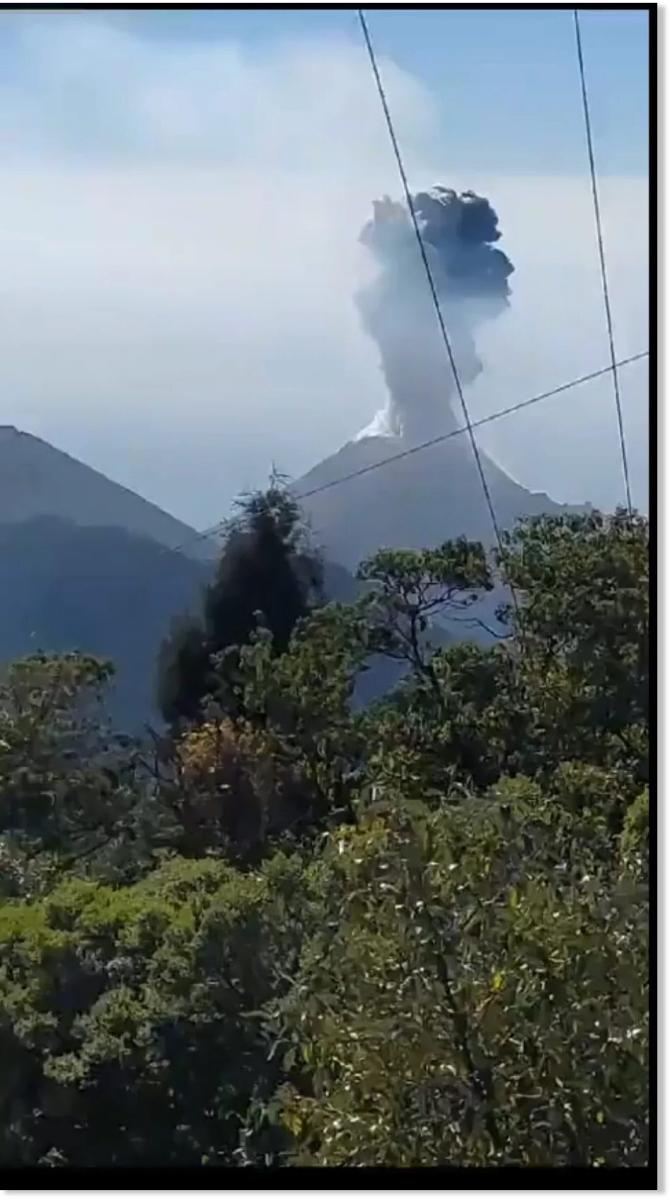
The #volcanic activity at Santiaguito is ongoing, with the recent #eruption forming a part of its moderate explosive activity.
https://www.sott.net/article/487335-Santiaguito-volcano-erupts-in-Guatemala
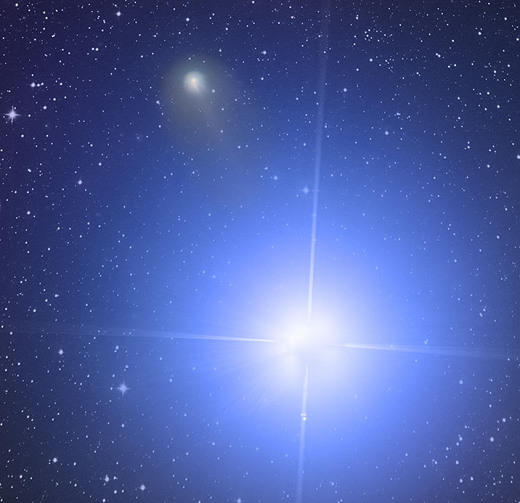
"This was quite the event, and extremely challenging to image," says Schur. Indeed, Vega is 4000 times brighter than the comet. Schur captured both in the same exposure as the pair sank into the treetops overlooking his backyard observatory.
12P/Pons-Brooks is the most active and arguably the most interesting comet in the entire solar system. Ice volcanoes on the comet's surface have erupted at least 5 times on 2023, creating "horns," dark shadows, and multiple shells of expanding debris. All of these features are visible in Schur's photo.

' #SIGMOID' #ERUPTION ON THE SUN: When you see an "S" on the #sun, it usually means something is about to explode. NASA's Solar Dynamics Observatory recorded this classic example of a "sigmoid eruption" on Dec. 6th:
In the movie, an S-shaped magnetic filament erupts, creating a 'splash' of debris more than 100,000 km wide. Researchers have long known that sigmoid structures in the sun's atmosphere herald strong explosions. The magnetic field lines that comprise them are twisted like a slinky; when enough tension builds up, they un-twist explosively.
Usually, sigmoid explosions produce CMEs. This one might have hurled a faint CME toward Earth. We're not sure because multiple CMEs were leaving the sun at the time of the blast, and there was much confusion. Don't be surprised if a sigmoid #CME delivers a weak but direct blow to #Earth's magnetic field on Dec. 9th.
https://youtube.com/watch?v=OF0eqvueOXY
#sun
Filament #Eruption, #Earthquake, #Galactic #Mysteries | #S0News Sep.8.2023
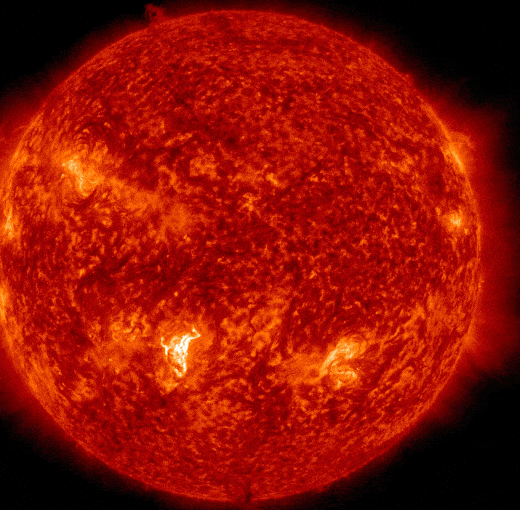
#DARK #ERUPTION ON THE #SUN: One of the most dramatic eruptions of Solar Cycle 25 occured yesterday, July 14th, when a spray of dark #plasma flew away from the sun's southern hemosphere. NASA's Solar Dynamics Observatory recorded the event:
The explosion started in the magnetic canopy of AR3370, a small and previously unremarkable sunspot. X-ray sensors on Earth-orbiting satellites registered a C8.8-class solar flare at 1844 UT just before the dark ejecta appeared. Why dark? The plasma was #relatively #cool and #dense, and silhouetted the glow of the underlying sun.
This explosion probably hurled a #CME toward #Earth. Confirmation awaits fresh data from SOHO coronagraphs.
THIS SUNSPOT IS BLOWING BUBBLES: Big sunspot AR3363 has an inky-black core wide enough to swallow Earth. What is going on in there? On July 11th, a Dutch astronomer nicknamed "Neo" decided to take a closer look, and this is what he saw:
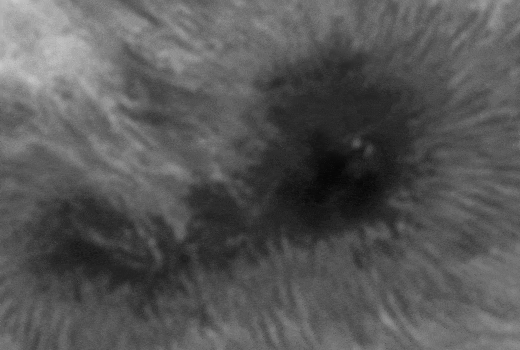
"I captured a phenomenon called 'umbral flashes,'" says New. "Rapid bubbling from the depths of the Umbra is shown in this timelapse movie, which I created from 11 minutes of raw video."
The umbra of a sunspot is its dark central core. It is where magnetic fields are so intense, incandescent heat from the underlying sun is bottled up and prevented from reaching the surface. That is why sunspot umbras look dark.
Yet they are not completely dark. Professional astronomers have long known that flashes of light and popping bubbles can be seen in sunspot cores. These events are not fully understood. One theory holds that gas from the sun's atmosphere falls into the umbra. When it reaches the "floor" of the sunspot, the gas rebounds, forming luminous shockwaves that observers describe as "umbral flashes."
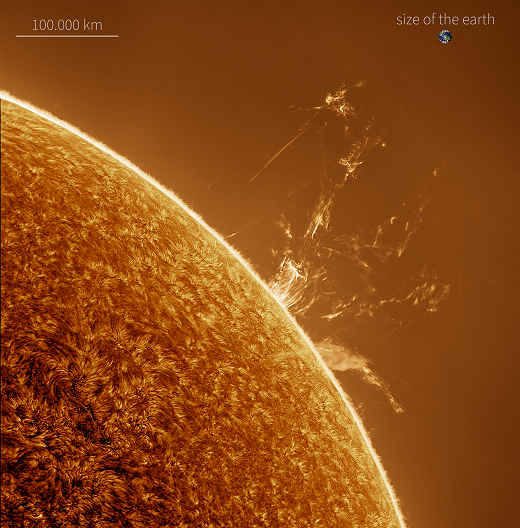
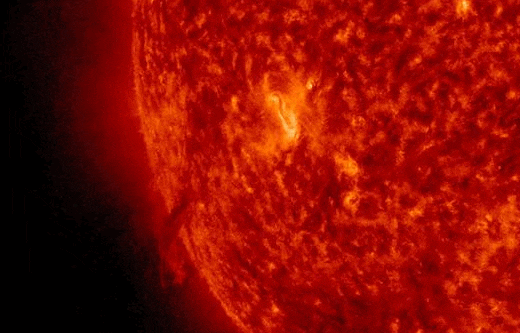
#ERUPTION: Yesterday, astronomers in Europe witnessed the most spectacular eruption of #Solar Cycle 25 so far. "It was a spine-chilling moment for me," says Mehmet Ergün, who photographed the massive spray of plasma from his observatory in Traisen, #Germany:
"This was probably the biggest eruption I have ever seen," says Ergün. "Such events cannot be planned. I was lucky to be looking when it happened."
Many observers noted the rapidity of the blast. Giorgio Rizzarelli of Trieste, #Italy, says "it lasted only about one hour. Fast prominences like this are uncommon. From a movie I made I estimate its speed was comparable to that of the solar wind." Dennis Put of The #Netherlands says "it was changing so rapidly, which made it very spectacular."
NASA's Solar Dynamics Observatory captured a beginning-to-end movie of the blast:
What exploded? We don't know. The blast site is hidden behind the sun's southeastern limb. Helioseismic maps of the #sun's farside suggest a large #sunspot may be located at the base of the spray.
#Volcanic #Eruption or #Landslide in #Turkey
https://www.youtube.com/watch?v=3sIOczqlYbo
#Turkey #Landslide #Eruption #Volcano on February 11th, 2023.